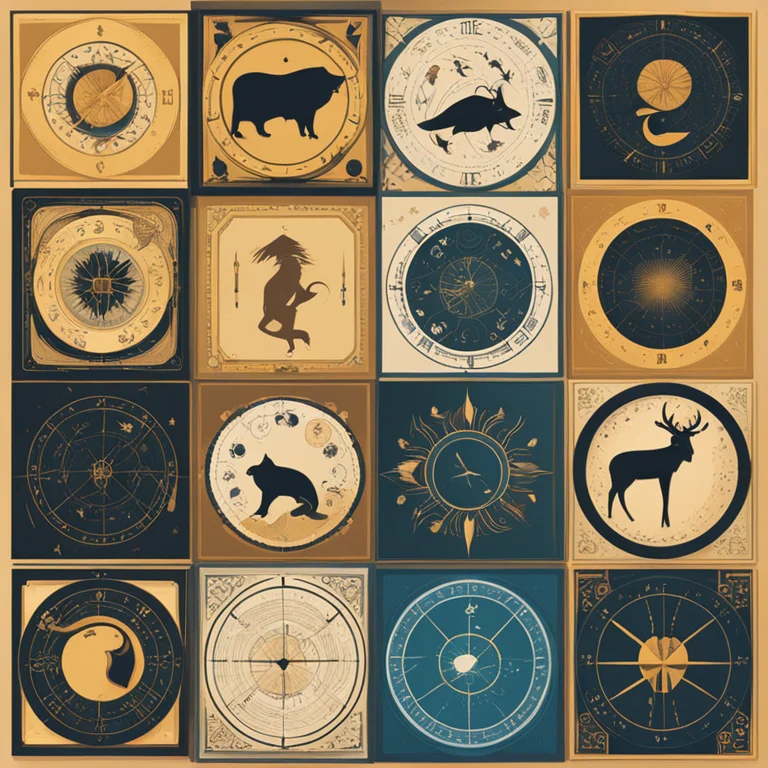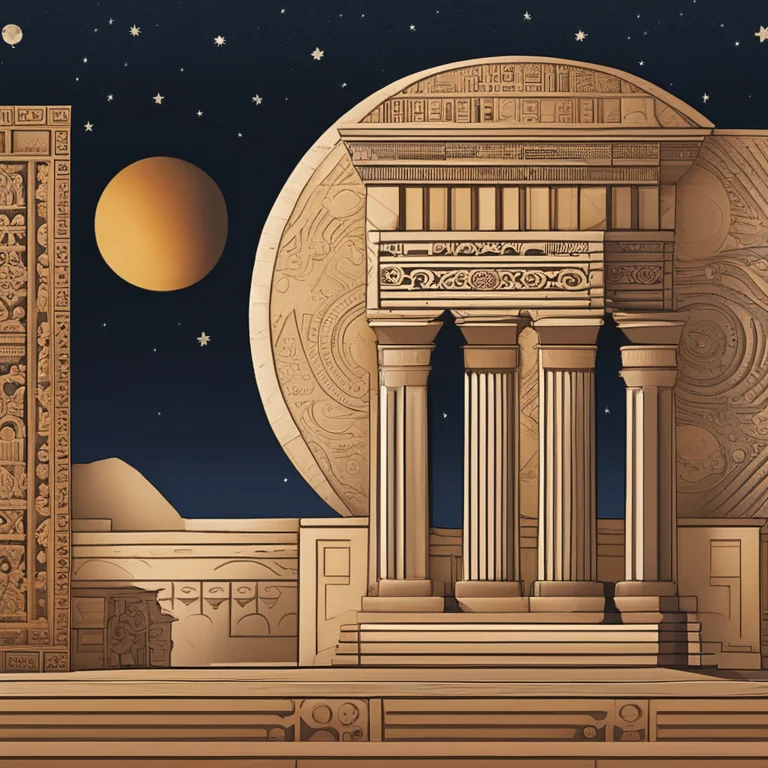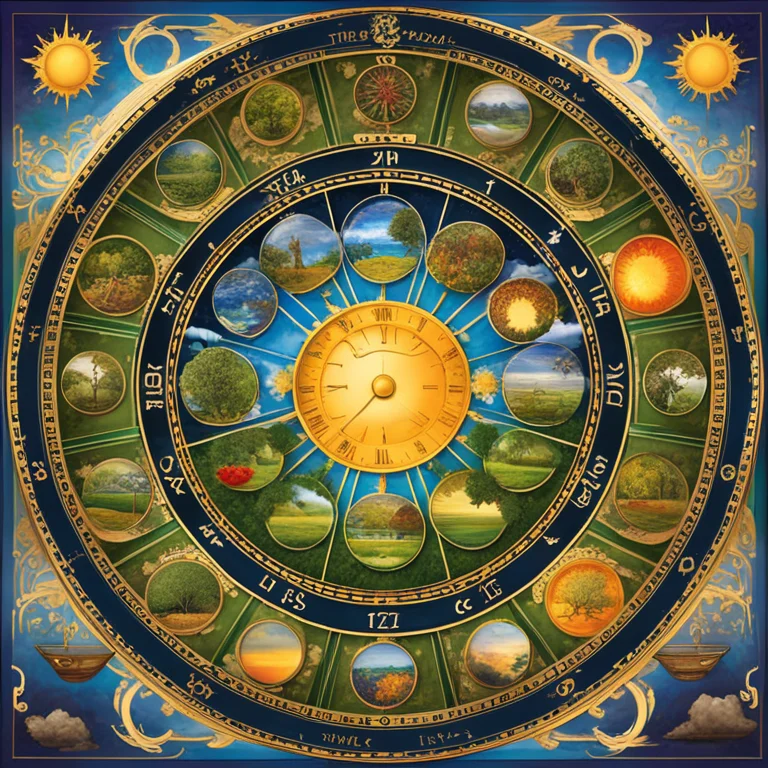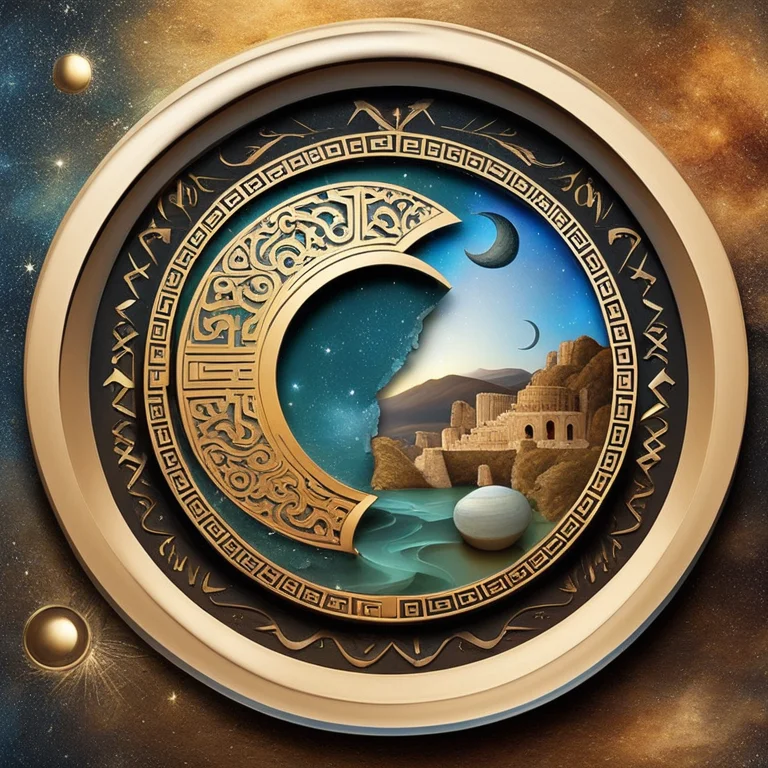
The Zodiac: Tracing Its Ancient Roots
Delve into the ancient history of the zodiac and discover the celestial origins of these astrological signs that continue to influence modern horoscopes.
article by Priya Deshmukh
Zodiac Fundamentals
The concept of the zodiac stands as one of humanity's oldest and most profound attempts to understand the universe's influence on us. The term 'zodiac' itself derives from the Greek word 'zōidiakòs kýklos', meaning 'circle of animals,' a testament to the constellations' depictions as various creatures. The traditional zodiac consists of twelve distinct signs, each associated with a specific 30-degree segment of the sky and linked to particular traits and fortunes. These signs are not just celestial coordinates but also serve as the foundation for horoscopes intended to provide insight into future events and personal dispositions.

Ancient Babylonian Origins
It is widely believed that the earliest form of the zodiac can be traced back to Babylonian astronomy from around the 5th century BCE. The Babylonians were skilled observers of the heavens, and their astrological system divided the sky into twelve equal parts, corresponding to the twelve months of their lunar calendar. Their astrologers charted the positions of the planets and the moon's phases, correlating these celestial events with earthly happenings, which formed the basis of the earliest horoscopes that we have since further developed into what we predict for 2024 and beyond.

Greek Influence and Expansion
The zodiac as we know it was profoundly influenced and expanded upon by Greek astronomers, who inherited knowledge from the Babylonians through cultural exchanges. Notably, Ptolemy's work in the 2nd century CE, recorded in the 'Almagest', further developed the understanding of these celestial regions. The Greeks contributed the names and symbols that are still used today for the zodiac signs, and their myths and legends often provide the narratives behind the constellations' depictions, weaving the fabric of the zodiac's rich tapestry of stories.

The Zodiac and the Calendar
The practical application of the zodiac has also been tied to the solar calendar, as it helps to mark the passage of the seasons. The signs are aligned with the equinoxes and solstices—a system that is the foundation for tropical astrology, which is most prevalent in Western practices. For instance, the sign Aries aligns with the vernal equinox, marking the beginning of spring in the northern hemisphere, signifying new beginnings and mirroring the natural world's emergence from winter's dormancy.

Astrological Developments
Astrology has evolved to encapsulate more than just prediction. It is seen as a tool for introspection and understanding human personality. Modern astrologers cast birth charts that consider not only one's zodiac sign but also the positions of planets and sensitive angles at the time of birth. Looking into the future, as we draw horoscopes for 2024, we consider the intricate dance of heavenly bodies through these zodiac sectors, influencing life patterns, personal growth, and world events.
Zodiac in the Modern Era
Today, the zodiac's influence extends far beyond its geographical origins, affecting cultures worldwide. Digital platforms, like the website for which this article is written, make ancient wisdom accessible, allowing us to calculate biorhythms and compatibility with click-of-a-button ease. This fusion of old-world mysticism and modern technology brings personalized astrological insights to the forefront of contemporary life, offering guidance and reflection to an ever-growing audience.
Published: 1/9/2024
Modified: 1/10/2024
More predictions
Come back here soon to learn more about yourself and your future


Can Astrology Predictions Be Altered?
Explore whether the predictions of astrology have the flexibility to change and if individuals can influence their astrological destinies.


The Ancient Origins of Astrology
An insightful journey into the ancient beginnings and origins of astrology as a cultural and astrological practice.


Can Astrology Predict Potential Divorce?
An insightful look into how astrology may provide signals about the potential for divorce in a relationship.